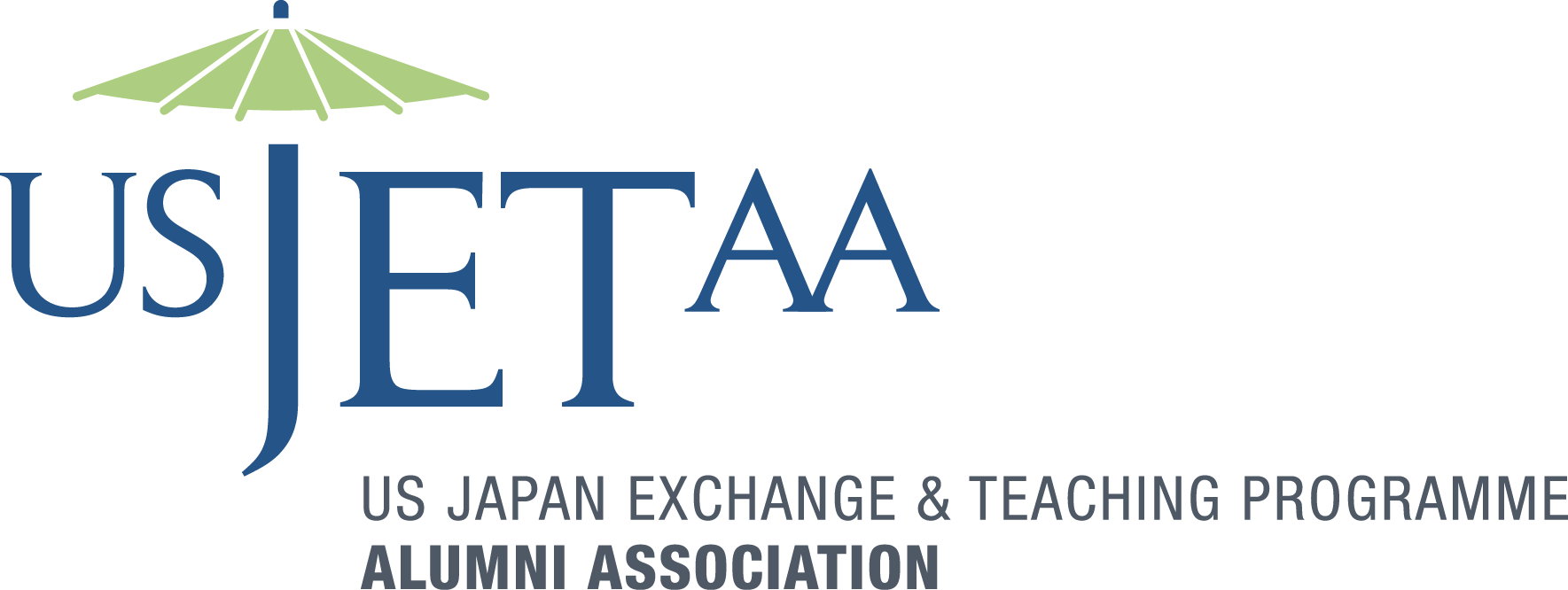This article is a part of the East-West Center in Washington – US JET Alumni Association guest contributors program, in which former Japan Exchange and Teaching (JET) Program participants share their experiences and insights about US-Japan people-to-people ties.
Multiculturalism isn’t always the first thing that comes to mind when thinking of Japan. In a language focused on wa, or harmony – heiwa (peace), wagutsu (indoor shoes) and wagyu (Japanese beef) exemplifying how wa has taken on a meaning of Japanese traditionalism – diversity can be entirely foreign. One might even feel, strolling through the Tokyo suburbs, that the mere idea of English is not very wa: English help is notoriously hard to come by. To the fatalistic, wa represents an all-inclusive, immutable package of Japanese language, ethnicity, nationality, and identity incompatible with the foreign, and thus with English education.
However, stars like athlete Naomi Osaka and pageant queen Priyanka Yoshikawa are redefining what it means to be Japanese by embodying diversity. Not only does their physical appearance subvert preconceptions of Japanese identity, but their multilingualism and ability to move through cultures reinforce their status as global role models. The values they stand for are essential for a Japan gearing up for the Olympics and taking on foreign workers, both of which entail a stronger emphasis on English.
As Osaka and Yoshikawa are unable to visit every English class in Japan, Assistant Language Teachers (ALTs) are a fine substitute. The job is far from glamorous, and full of uncertainties – a fear common to all ALTs is being a “human tape recorder,” simply reciting textbook passages. Yet, ex-JETs are a significant source of soft power because of their cross-cultural skills. My journey in explaining diversity to my students helped me discover my own soft power, though not without its challenges.
Like many JETs, I began bright-eyed and bushy-tailed: in Japanese layman’s terms, “genki.” JET senpais, or mentors, encouraged me to be genki. Printing photos of my hometown, Los Angeles, filled me with a certain genkiness. Most of all, I was genki about presenting my Armenian-American heritage and the cultures of many communities around me.
When I finally stood in front of my class for my self-introduction, I noticed some confusion around the “mixed” nature of American culture.
“If you speak Armenian, how can you teach English?” a girl asked.
“Isn’t it difficult having lots of languages in one place?” another inquired.
Lacking an easy answer, and hoping my supervisor would translate, I elaborated: “there is a lot of diversity.”
“Odaiba City?!” one boy exclaimed, referencing the island in Tokyo Bay. Everyone laughed, and my genki level tanked.
Disheartening as it was, this reaction was reflective of wa-centered learning. I was determined to prove this theory wrong, to show students English is possible regardless of background. I looked to my resources: a network of ALTs, craft supplies, and spare bulletin space. I decided to make a Diversity Board.
With a goal of demonstrating the unifying power of English, I sent out a call for biographies, and asked that ALTs discuss aspects of diversity. Within days, I was flooded with stories of trilingual households, sansei Japanese-Americans teaching in their motherland, and refugees who learned English in adulthood. I translated these stories and made colorful graphics, praying the board would be well-received during a passing period as I eavesdropped:
“This Indian-American girl studied Japanese in high school!”
“Wow, I didn’t know there was a French ALT in our city!”
“This guy is American, but was born in Poland. And he’s dancing the suzume-odori in his picture!”
I smiled. Finally, I was vindicated. While I got decent use out of the Diversity Board in my conversations with students, it had an unexpected effect: fellow staff took an interest, and opened dialogues about travel and nationality.
One coworker told me her grandfather was a repatriated Peruvian national. A music teacher and I started practicing our rusty Italian, and she regaled me with stories of her stern opera coach in Milan. Another even coyly admitted at a nomikai, or drinking party, his dream of seeking Russian citizenship. I realized that I, the ALT, was not the be-all-end-all of diversity in Japan. Rather, I was bringing out the diversity that was already there – the diversity of thought and human experience.
Even though I left Japan and my ALT position, I was glad to have made connections steeped in curiosity, mutual understanding, harmony, and just maybe… wa.
Sareen Palassian served as a JET Programme Assistant Language Teacher in Sendai, Miyagi Prefecture, from 2016 to 2018.

The United States Japan Exchange & Teaching Programme Alumni Association (USJETAA) is a 501(c)(3) nonprofit educational and cultural organization that promotes grassroots friendship and understanding between the United States and Japan through the personal and professional experiences of over 30,000 Americans who have participated on the JET Programme since its inception in 1987. USJETAA serves as a resource for individual JET alumni, JETAA chapters nationwide, and potential JET participants; supports the leadership of JETAA chapters with programming, membership recruitment, chapter management, leadership, professional development, and fundraising; and, supports the JET Program(me) and engages with the U.S.-Japan community.